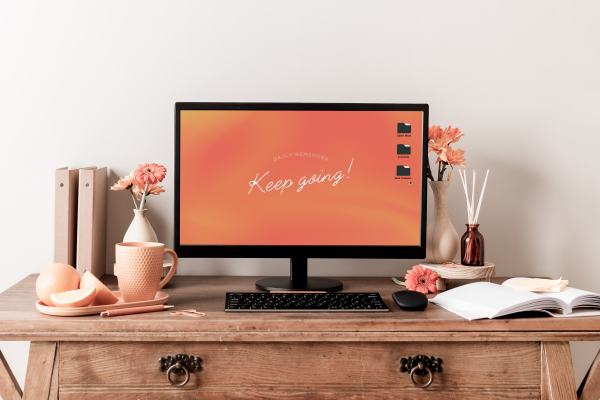Best Practices for Inclusive Design to Improve Accessibility and User Engagement
Website accessibility is the practice of making sure that people with disabilities can access and use your website. This not only makes your site more inclusive, but it also improves user experience and search engine rankings. There are a lot of things that can impact usability of a website, which you might take for granted, but when you realise the reasons behind them, it makes a lot of sense to include.
Use Descriptive Alt Text for Images
Alt text is a description of an image that appears when the image can’t be displayed. This is important for people with visual impairments who use screen readers to access websites. Make sure to use descriptive alt text that accurately describes the content of the image, and avoid using generic terms like “image” or “photo.” It’s also a great way to add relevant keywords in to assist your search engine optimisation (SEO); just avoid falling into the trap of keyword stuffing.
Provide Captions and Transcripts for Videos
Videos are a great way to engage with your audience, but they can be difficult for people with hearing impairments. Make sure to provide captions on the video and provide transcripts for all videos on your website. This not only makes your site more accessible, but it also improves search engine rankings by providing more content for search engines to index.
Use Clear and Consistent Navigation
Navigation is a critical part of any website, but it’s especially important for people with disabilities. Make sure that your navigation is easy to understand and use, with clear labels and consistent placement. Consider using skip links (jump to links) to allow users to bypass repetitive content and jump to the main content.
Use Headings and Subheadings
Headings and subheadings are a great way to organize content and make it easier to read. They’re also important for people with visual impairments who use screen readers. Make sure to use descriptive headings and subheadings that accurately describe the content that follows.
Ensure Colour Contrast
Colour contrast is important for people with visual impairments, as well as for anyone viewing your site on a low-quality screen. Make sure to use high contrast colours for text and background elements, and avoid using colour alone to convey information.
Provide Alternative Access
Finally, consider providing alternative access methods for people with disabilities. This could include providing a text-only version of your site, or using alternative input methods like voice recognition or keyboard shortcuts. By providing multiple access methods, you can ensure that your site is inclusive and accessible to everyone.
By making your website accessible through inclusive design practices is not only a matter of social responsibility but also a strategic decision to improve user experience and enhance search engine rankings. Remember, accessibility is not only about meeting legal requirements but also about creating a positive user experience for all visitors.



